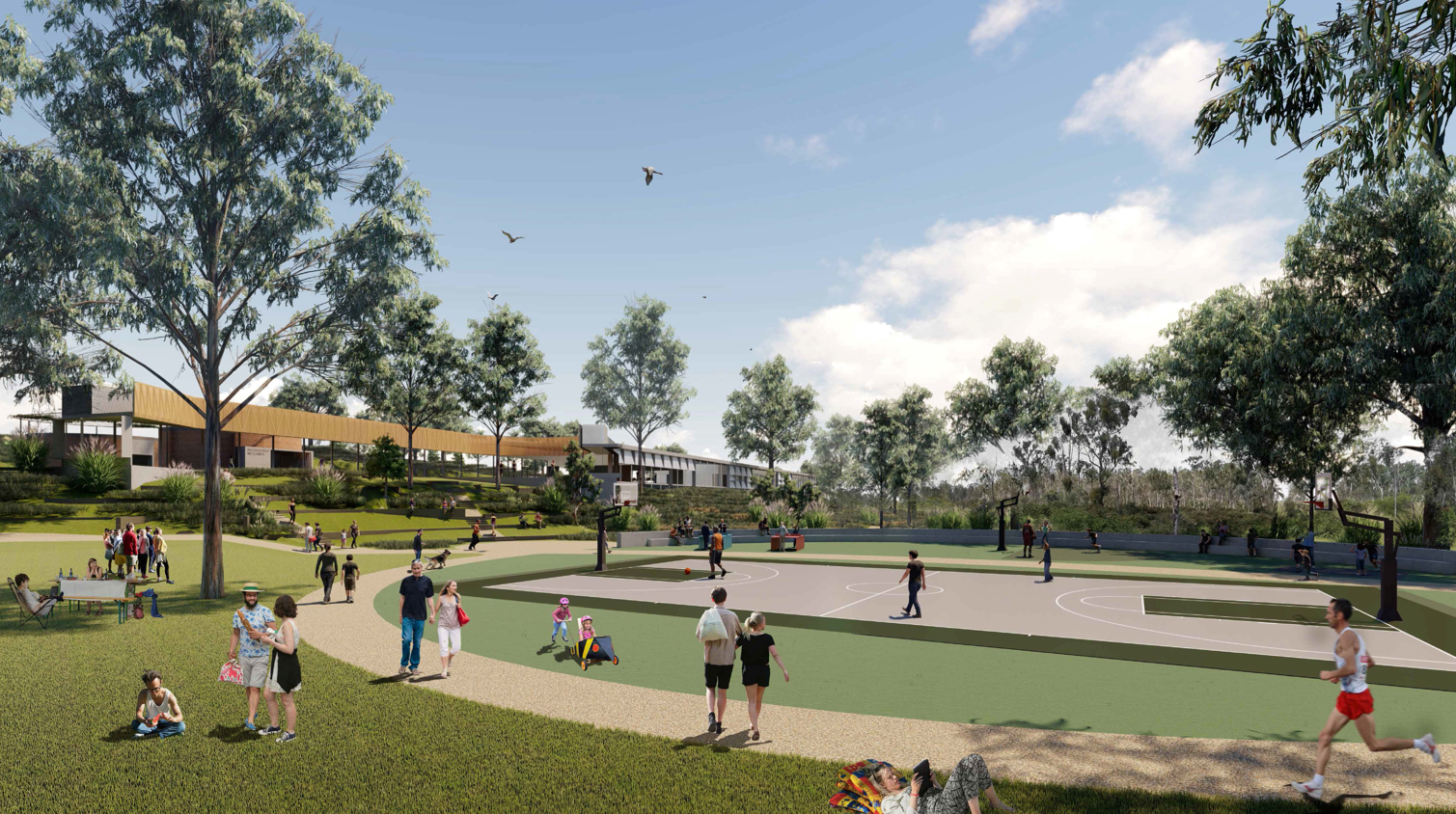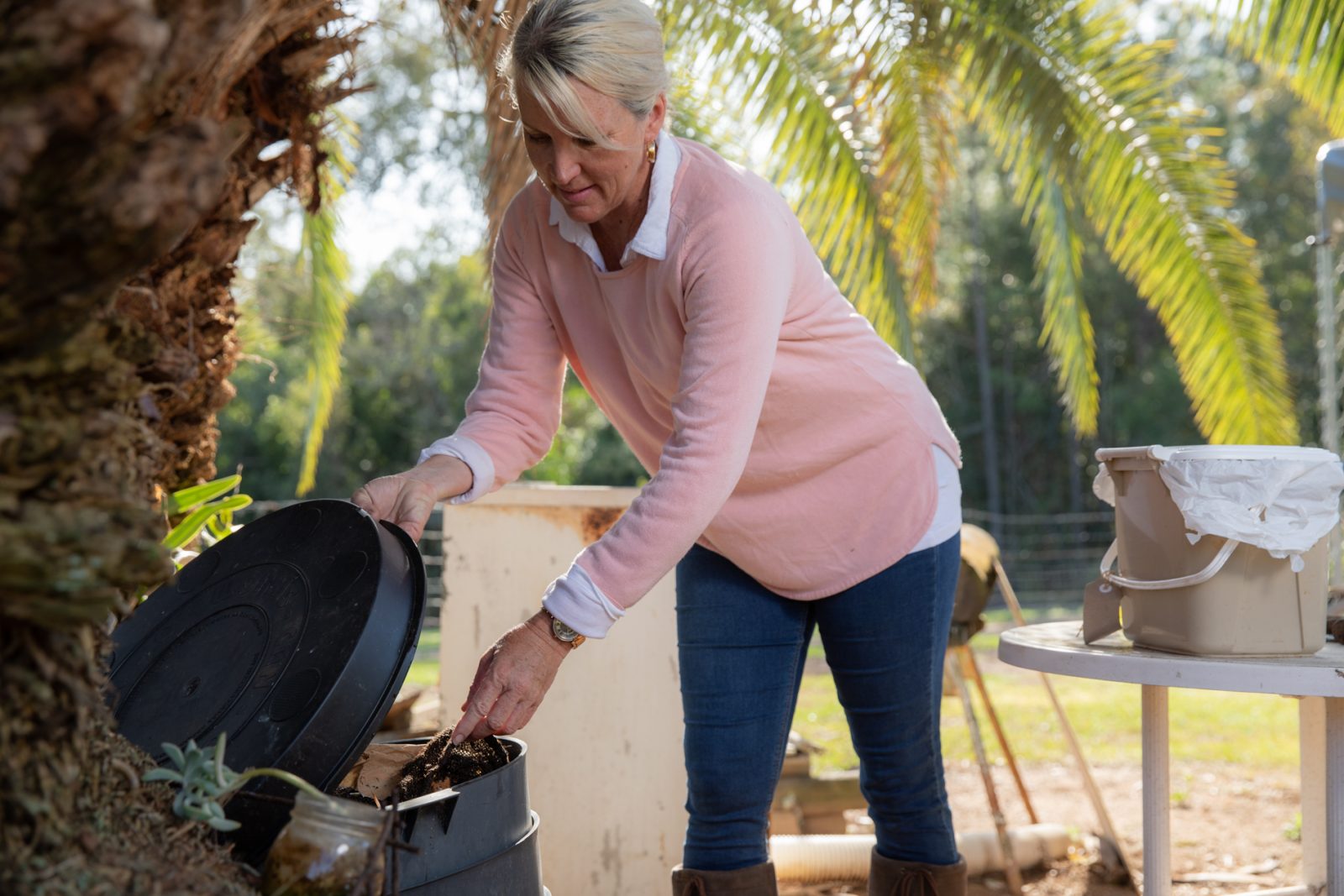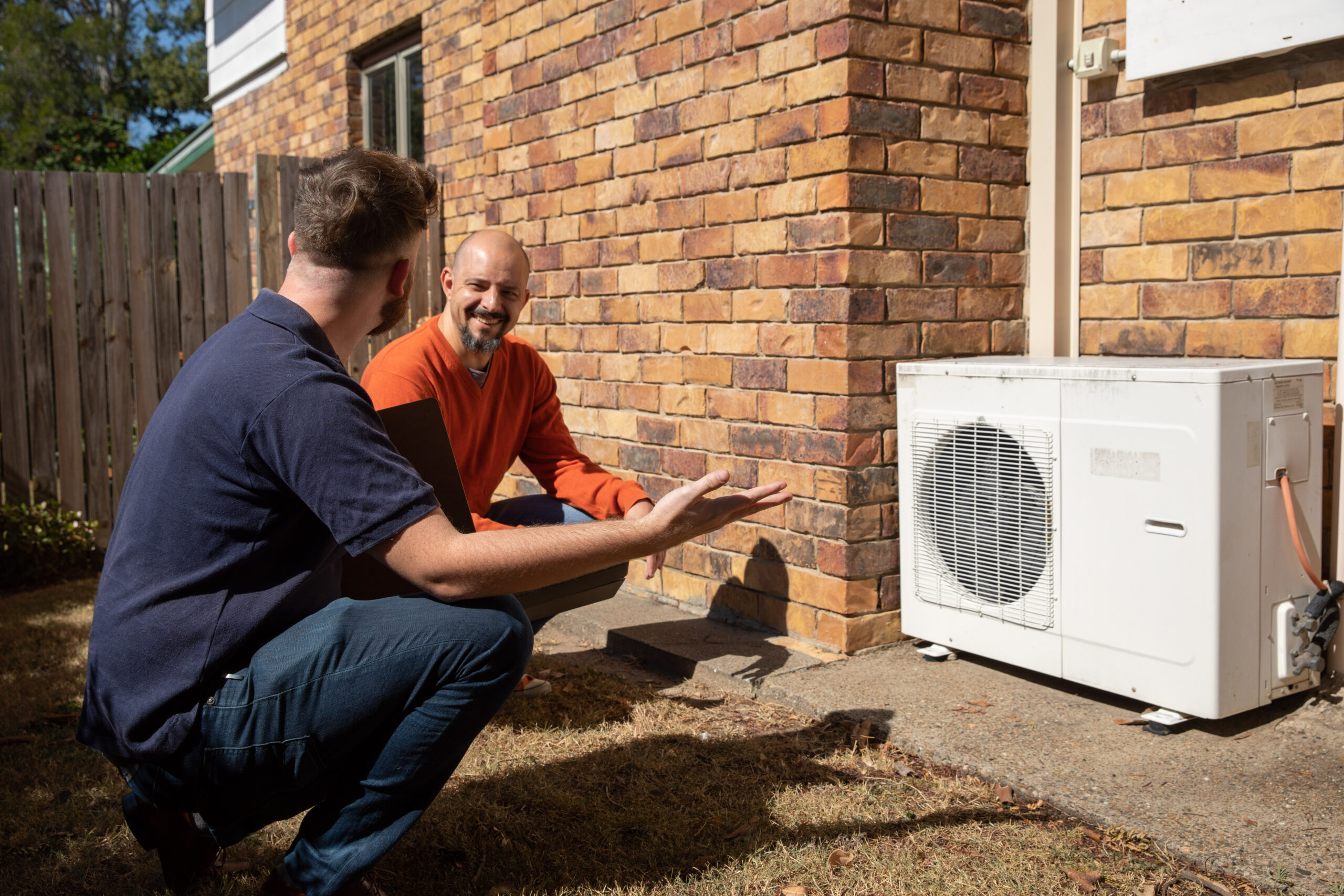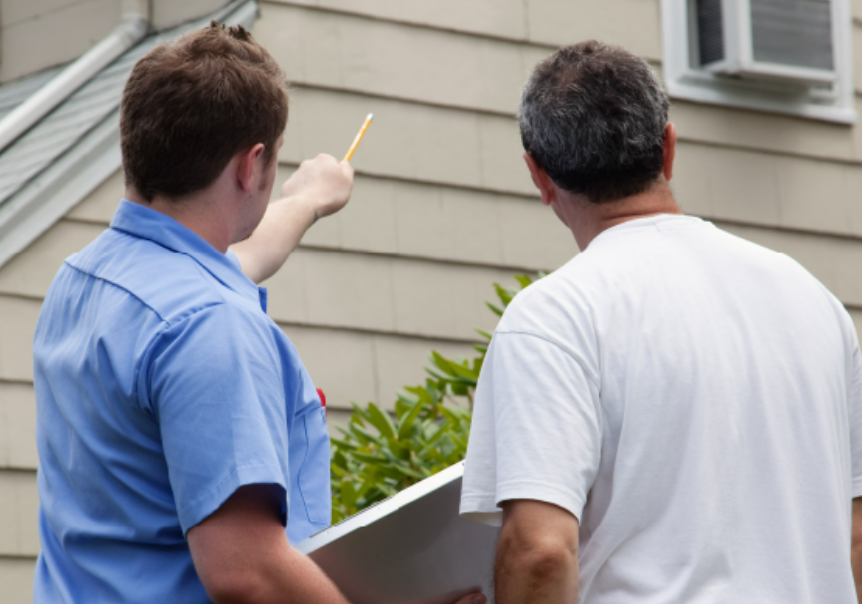The Ferris / Williams household
The story of a Brisbane Carbon Challenge champion household.
Household:
SHAREHOUSE
Dwelling:
APARTMENT
Ownership:
RENT
Total emissions reduction: 68%
Original emissions:
13 tonnes
Transport: 9.5 tonnes
Energy: 3.3 tonnes
Waste: 0.2 tonnes
Reduced emissions:
4.1 tonnes
Transport: 3.9 tonnes
Energy: 0 tonnes
Waste: 0.2 tonnes
About the household
Students and flatmates Laura Ferris and Finn Williams live in a rental apartment in East Brisbane. Their interest in being part of the Brisbane Carbon Challenge stemmed from taking conscious efforts to reduce their environmental impact but feeling that they’d already reached the limit for carbon footprint reduction on their tight budget. Finn and Laura were keen to be guided on the next steps to lower their emissions and managed to reduce their carbon footprint by 68%. They can now show other students and sharehouses actions they can take on a limited budget to minimise waste, energy and transport emissions.
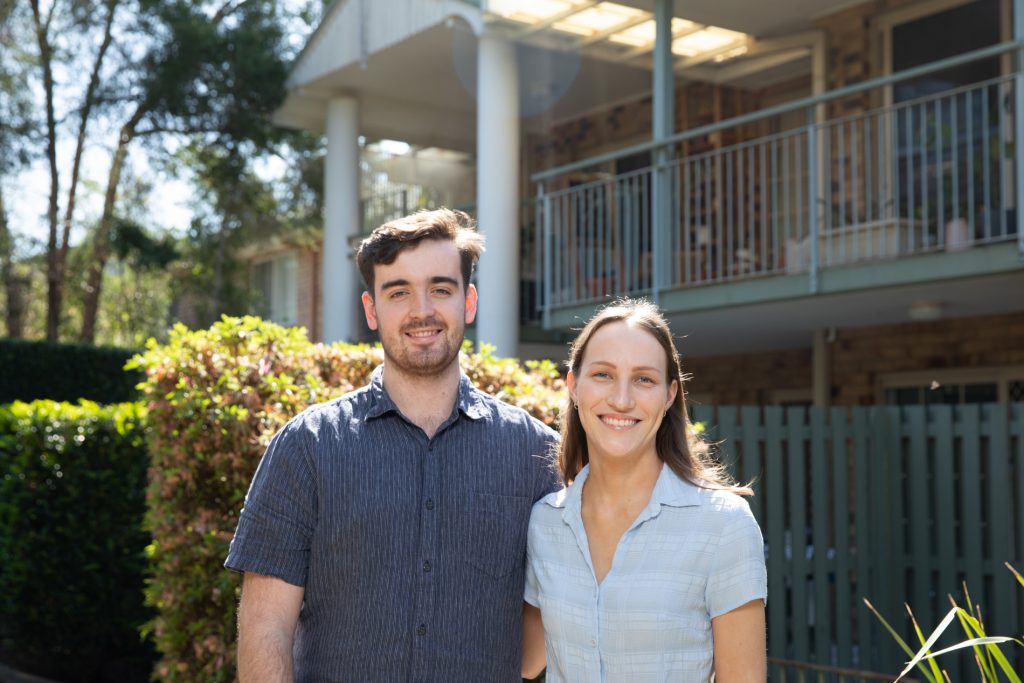
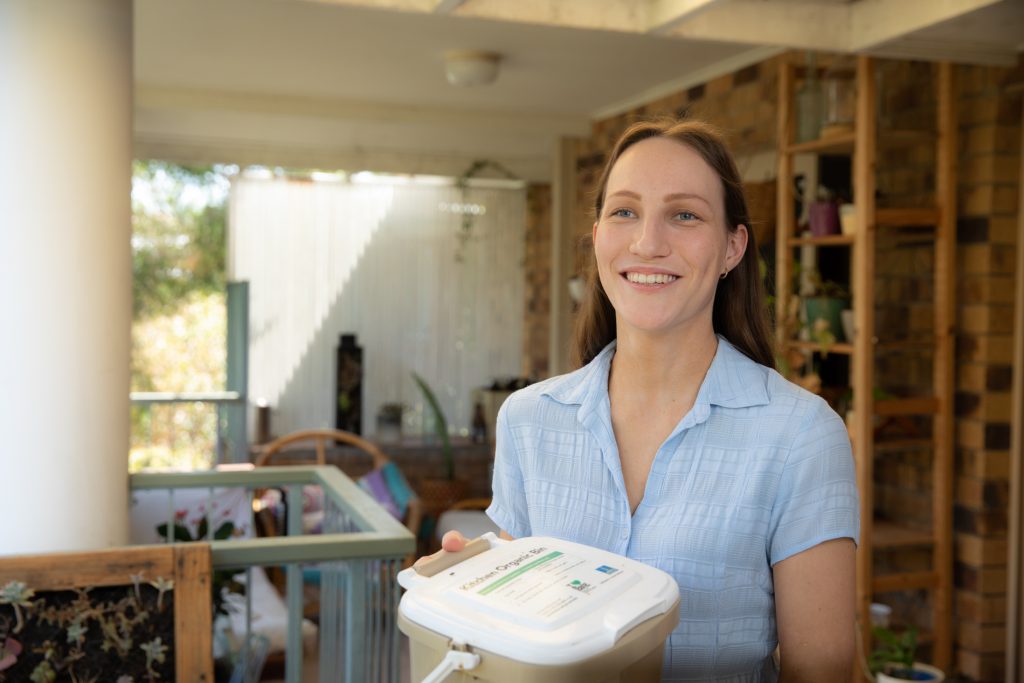
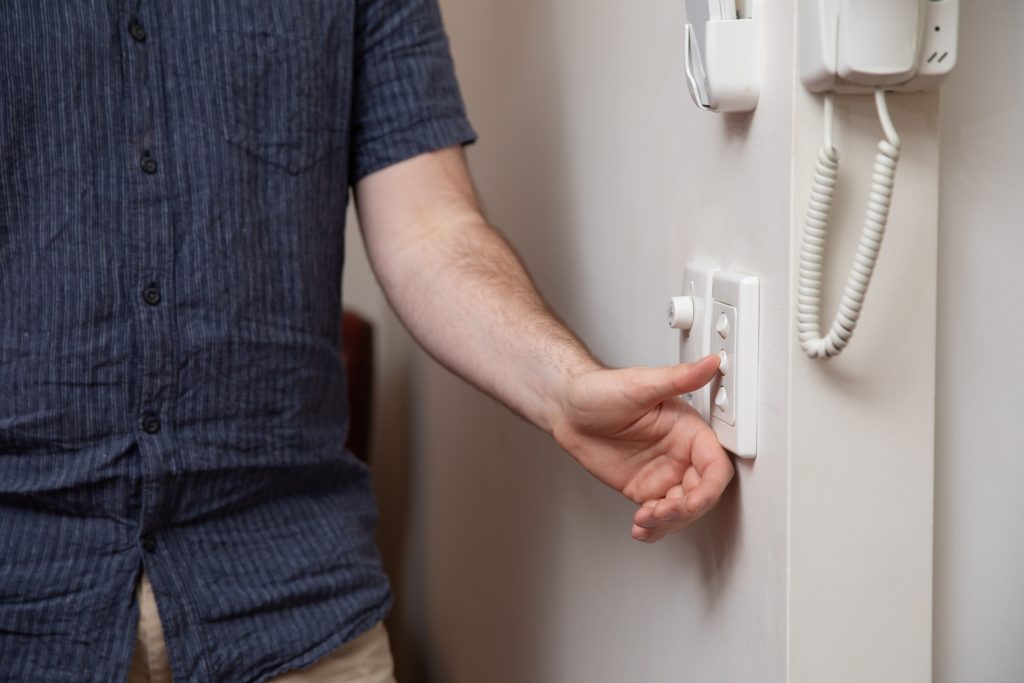
“We want other sharehouses to know that you don’t just have to accept energy bills as they are – you have the influence to do something about them.“
Finn Williams
Successes
You have more control than you think
Initially, Finn and Laura were resigned to energy bills just being what they were. Rising energy costs can instil feelings of being powerless to mounting external pressures.
The Brisbane Carbon Challenge taught them something they want all renters to know: ‘You don’t have to just accept your bills as what they are‘ – you do have the ability to influence them. The Brisbane Carbon Challenge gave them access to a home energy monitoring system to receive direct real-time feedback on where their energy is used. Getting real-time feedback is not necessarily expensive; various monitoring systems range from $100 to $1200, or some energy retailers are rolling out smart meters under the Australian Government’s Power of Choice, which can also give almost real-time feedback.
It helped Laura and Finn better understand their consumption and what they could focus upon to reduce their bills. They realised the impact of the many easy actions they could take while renting – such as turning off lights and appliances, using a fan instead of the air conditioner, taking shorter showers, and turning down their fridge and air conditioner temperatures. They also found out they could switch retailers and shop around for a better deal.
Leading by example can instil lasting change
While Finn wasn’t as interesting in composting initially, Laura was collecting food scraps and emptying them at her local community composting hub.
However, Finn disliked the smell of food waste sitting in their general waste bin, so Laura took this as an opportunity to discuss the environmental benefits of composting and how separating food scraps from the general waste minimised the smell.
Laura and Finn learned from coaching as part of the Brisbane Carbon Challenge program that even cooked food waste could be fermented in a Bokashi bin. Keeping their compost caddy on the kitchen bench also acted as an effective reminder for Finn while cutting up and preparing veggies. Having Laura lead by example helped Finn see how easy it was to compost in a shared apartment, and now he has developed a composting habit.
Challenges
Low or no-cost actions add up
Like most students, Finn and Laura were on a budget. As such, they prioritised their emissions reduction action plan on low or no-cost actions that wouldn’t break the bank. They focused on the program’s mantra: “Reduce before you switch”, meaning that taking steps to lower energy, transport and waste consumption is the most cost-effective solution and helps reduce bills. They reduced private vehicle use, turned off lights and appliances when not in use, took shorter showers and strategised not to waste food in the first place.
Finn and Laura then focused on low-cost actions such as paying a few more cents per kilowatt hour consumed on a 100% renewable energy (GreenPower) plan. Switching retailers to find an affordable plan made this highly impactful change financially feasible.
They also started composting food waste on their balcony (you can get one too using Council’s rebate) and switched to filling their cars up with E10 fuel.
While this required a significant upfront cost, Finn invested in a quality electric bike to commute to university and work instead of using his private vehicle. He felt it was a worthy investment in his health, and reduced his ongoing monthly fuel bills. With the spike in fuel costs this year, that turned out to be a smart decision.
Laura and Finn’s low carbon action plan:
- replaced private vehicle use with active travel (electric bike)
- reduced car use
- used E10 instead of petrol
- adopted eco-driving techniques
- purchased 100% renewable energy (GreenPower)
- washed clothes using cold water
- used fans instead of the air conditioner
- upgraded fridge to a more efficient model
- switched off lighting when not in use
- upgraded lights to LED
- switched off appliances at the wall when not in use
- took shorter showers
- reduced food waste
- composted food waste.

